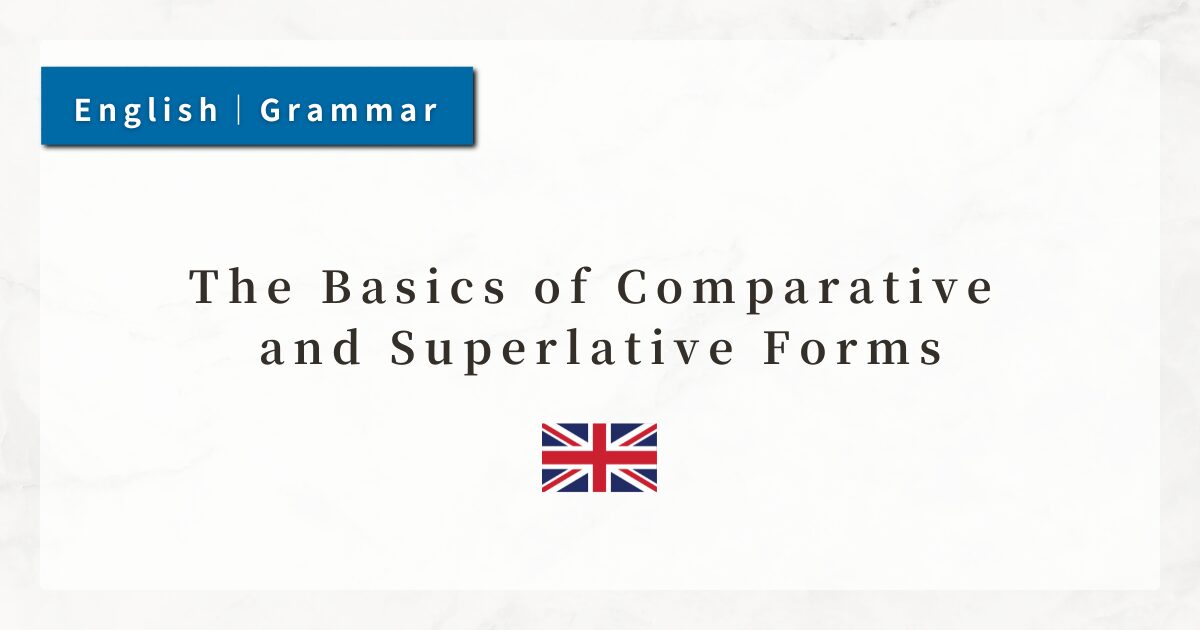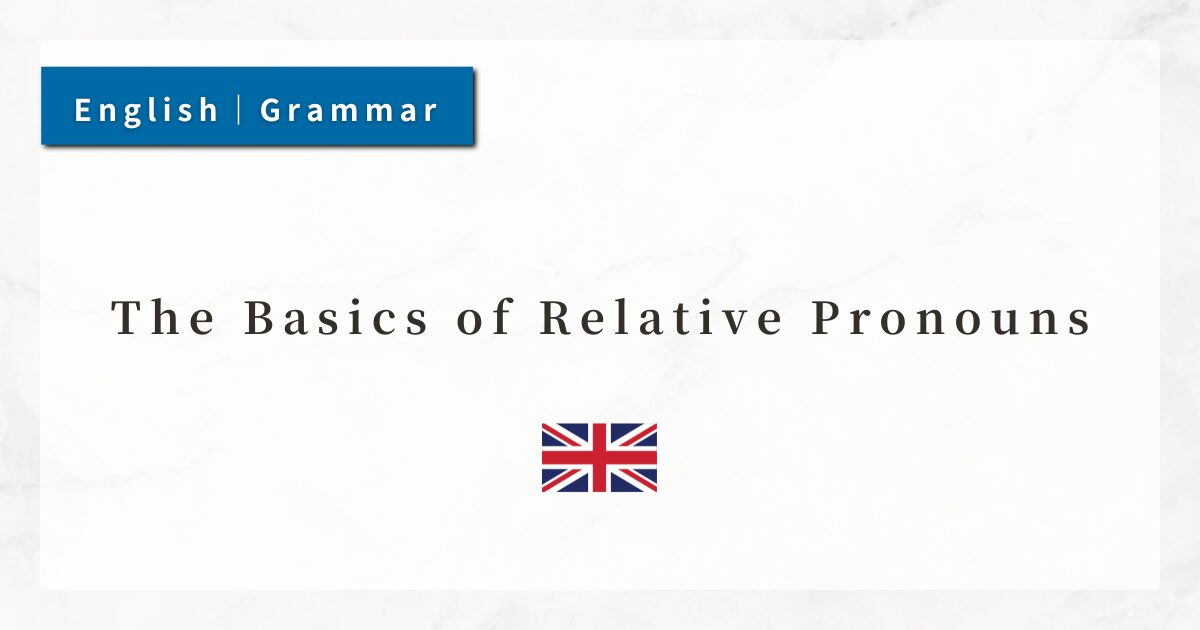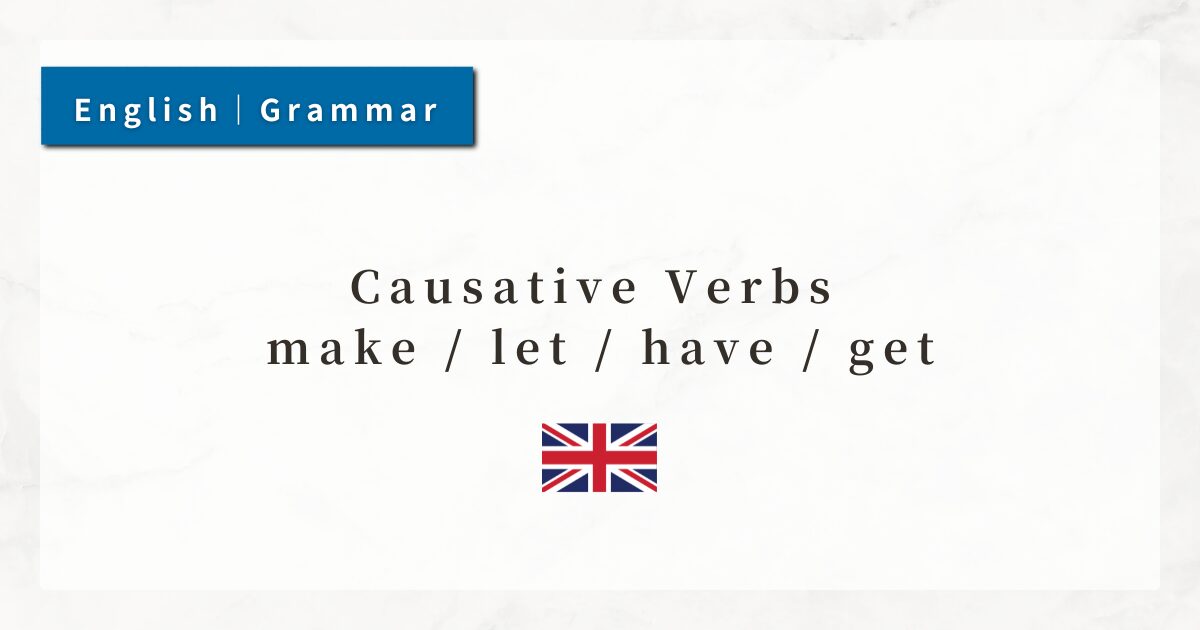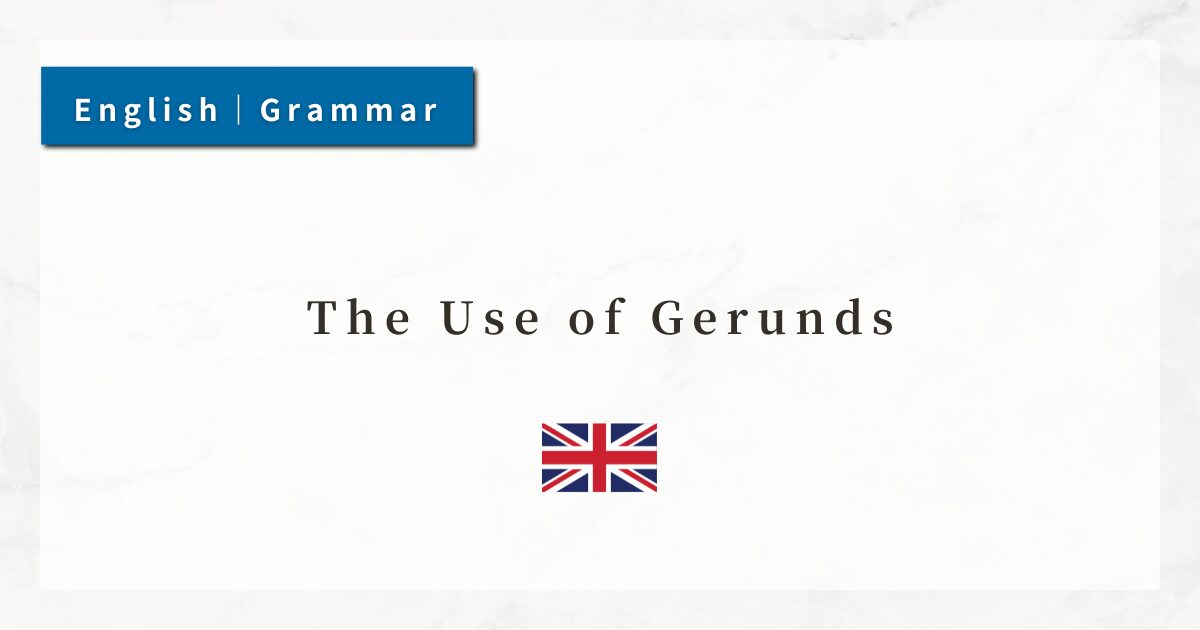The Basics of Comparative and Superlative Forms|How to Form and Use Them with Examples

In English, when expressing comparisons such as “A is faster than B” or “This movie is the most interesting,” we use the comparative and superlative forms of adjectives and adverbs.
Comparatives and superlatives frequently appear in daily conversation, writing, and reading, making them an essential grammar topic.
In this lesson, I will explain how to form and use comparative and superlative forms, along with distinctions depending on the type of adjective or adverb.
1. What Are Comparative Expressions in English?
In English, there are two main types of comparative expressions:
- Comparative: Used when comparing two items or people, meaning “more … / -er … than.”
Example: My bag is heavier than yours. - Superlative: Used when comparing three or more, meaning “the most … / the -est ….”
Example: This is the tallest building in the city.
In comparatives, we use than to show what is being compared. In superlatives, we always use the to indicate “the most.”
2. How to Form Comparative and Superlative Forms
The way comparatives and superlatives are formed depends on the length (syllables) and ending of the adjective or adverb.
Short Words (One Syllable or Ending in -y): Add -er / -est
| Adjective | Comparative | Superlative | Notes |
|---|---|---|---|
| tall | taller | the tallest | Add -er / -est |
| big | bigger | the biggest | Consonant + short vowel + consonant → double the final consonant |
| easy | easier | the easiest | y → i before -er / -est |
For this type, the -er / -est pattern is the basic rule.
Long Words (Two or More Syllables, Except Those Ending in -y): Use more / the most
| Adjective | Comparative | Superlative | Notes |
|---|---|---|---|
| beautiful | more beautiful | the most beautiful | Long word → use more / most |
| important | more important | the most important | Same as above |
| difficult | more difficult | the most difficult | Same as above |
For longer words, place more / the most before the adjective.
3. Using the Comparative (Comparing Two)
Comparatives are used when stating differences between two things, as in “A is more … than B.”
It is essential to use than to introduce the comparison.
- This room is cleaner than that one.
→ clean → cleaner. Place the comparison target after than. - He is more popular than his brother.
→ Since popular has three syllables, we use more.
Be careful: after than, a noun phrase or pronoun usually follows.
4. Using the Superlative (Among Three or More)
The superlative is used when comparing three or more items to say something is “the most ….”
Always place the definite article the before the superlative.
- This is the longest river in the country.
→ long → the longest. Often, the scope is shown with in …. - He is the most talented player on the team.
→ For the three-syllable word talented, use the most.
5. Comparatives and Superlatives of Adverbs
Adverbs can also take comparative and superlative forms. Adverbs are more likely than adjectives to use the more / most pattern.
- He runs faster than I do.
→ fast is a short word used as both adjective and adverb, so we use the -er type. - She works more carefully than her colleagues.
→ carefully (ending in -ly) uses the more / most type.
6. Summary
- Comparative: Used when comparing two things/people.
→ -er or more + adjective - Superlative: Used when comparing three or more.
→ the + -est or the most + adjective - Use than to make the comparison explicit (comparative).
- Use the to emphasize the superlative.
- Distinguish the form (-er/-est or more/most) based on the length of the adjective.
- Adverbs also take comparative and superlative forms.
- Watch out for mistakes such as incorrect word endings, forgetting than, or omitting the in the superlative.





